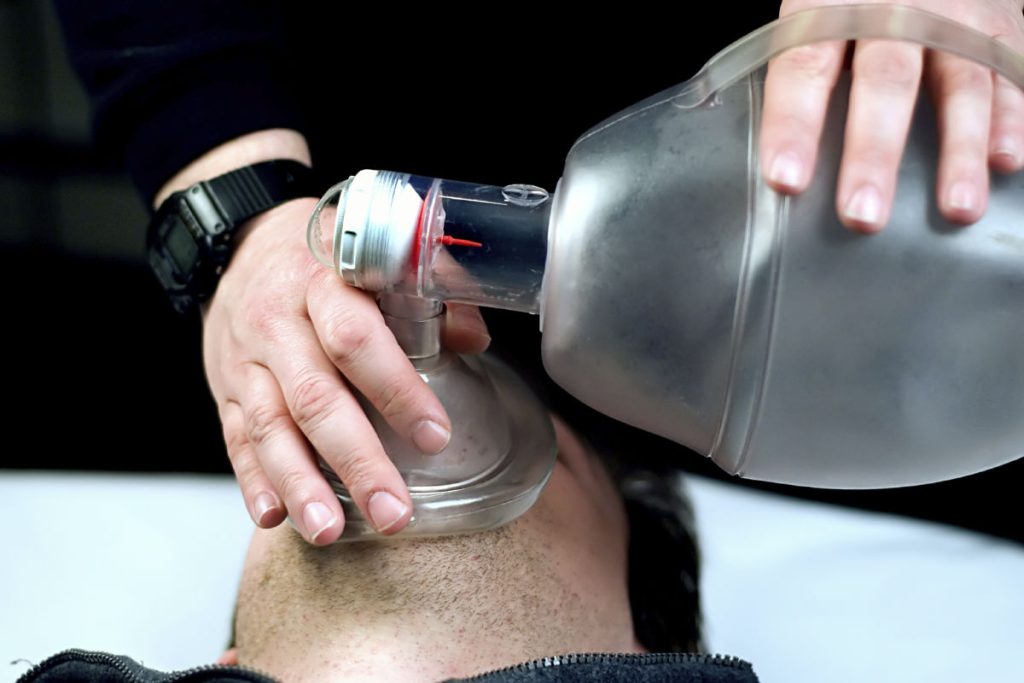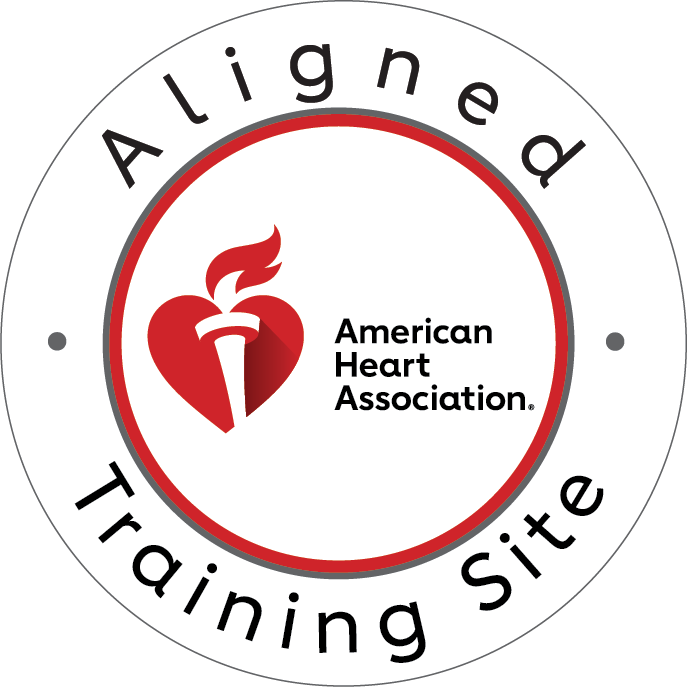Bag-valve-mask (BVM) ventilation serves as a cornerstone of emergency airway management, yet airway obstruction during BVM use remains one of the most challenging complications healthcare providers face. Understanding how to prevent and manage airway obstruction during BVM ventilation can mean the difference between successful resuscitation and tragic outcomes. This comprehensive guide explores essential techniques, common pitfalls, and proven strategies to ensure effective ventilation while avoiding airway obstruction during BVM procedures.
How To Do Bag-Valve-Mask Ventilation
Proper BVM technique begins with correct positioning and equipment preparation. First, position the patient supine with the head in a neutral or slightly extended position. Select an appropriately sized mask that creates a complete seal around the patient’s nose and mouth without covering the eyes or extending beyond the chin.
The two-person technique offers superior control and helps prevent airway obstruction during BVM use. One provider maintains the mask seal using the “E-C grip” technique, where the thumb and index finger form a “C” around the mask while the remaining three fingers form an “E” along the mandible. Meanwhile, the second provider operates the bag, delivering controlled ventilation at appropriate rates and volumes.
During single-provider BVM ventilation, maintaining an effective seal becomes more challenging. Use your non-dominant hand to secure the mask while your dominant hand compresses the bag. Apply gentle pressure to create a seal without pushing the mask down onto the face, which can contribute to airway obstruction during BVM ventilation.
Monitor chest rise with each ventilation to ensure adequate air delivery. Effective ventilation should produce visible chest expansion without excessive resistance. If you encounter significant resistance or fail to see the chest rise, immediately reassess for potential airway obstruction during BVM use.
What is the Most Important Maneuver for BVM Use?
The jaw-thrust maneuver stands as the most critical technique for preventing airway obstruction during BVM ventilation. This fundamental maneuver addresses the primary cause of upper airway obstruction: the tongue falling back against the posterior pharynx.
To perform the jaw-thrust correctly, place your fingers behind the angles of the mandible and lift the jaw forward while maintaining cervical spine alignment. This action pulls the tongue away from the posterior pharyngeal wall, effectively opening the airway and preventing soft tissue obstruction during BVM use.
The jaw-thrust maneuver proves especially vital in unconscious patients where muscle tone is decreased. Without proper jaw positioning, even technically correct mask placement and bag compression will fail to deliver adequate ventilation due to airway obstruction during BVM procedures.
Additionally, the jaw-thrust helps maintain optimal mask seal by creating better facial contours. When the mandible is properly positioned, the mask naturally conforms to the face, reducing air leaks that can compromise ventilation effectiveness.
Most Common Problems When Using BVM
Inadequate Mask Seal
Poor mask seal represents the most frequent complication during BVM ventilation. Air leaks occur when the mask doesn’t properly conform to the patient’s facial anatomy, leading to ineffective ventilation and potential hypoxemia. Facial hair, dentures, and anatomical variations can complicate achieving an adequate seal.
Upper Airway Obstruction During BVM Use
Soft tissue obstruction commonly occurs when the tongue, epiglottis, or other soft tissues block the upper airway. This type of airway obstruction during BVM ventilation often results from inadequate head positioning or insufficient jaw-thrust technique. Consequently, providers may mistake this obstruction for equipment malfunction or patient pathology.
Gastric Distension and Aspiration Risk
Excessive ventilation pressures or rates can force air into the stomach, causing gastric distension. This complication increases aspiration risk and can elevate the diaphragm, further compromising ventilation effectiveness. Moreover, gastric distension can contribute to airway obstruction during BVM use by reducing lung compliance.
Improper Ventilation Parameters
Healthcare providers frequently deliver ventilations too rapidly or with excessive volume, leading to several complications. Over-ventilation can cause gastric insufflation, increased intrathoracic pressure, and reduced venous return. Furthermore, aggressive ventilation techniques may worsen airway obstruction during BVM procedures.
Equipment-Related Issues
Malfunctioning valves, disconnected oxygen tubing, or depleted oxygen sources can significantly impact ventilation quality. Regular equipment checks help prevent these technical failures that could be mistaken for airway obstruction during BVM use.
Advanced Techniques for Preventing Airway Obstruction During BVM Use
Optimal Patient Positioning
Proper head and neck positioning proves crucial for maintaining airway patency. The “sniffing position” – achieved by flexing the neck slightly and extending the head – aligns the oral, pharyngeal, and laryngeal axes. This alignment facilitates air flow and reduces the likelihood of airway obstruction during BVM ventilation.
Two-Hand Mask Technique
When single-provider ventilation proves inadequate, consider the two-hand mask technique with assisted ventilation. One provider uses both hands to maintain the mask seal and jaw position while a second provider compresses the bag. This approach maximizes both seal quality and airway management, significantly reducing airway obstruction during BVM procedures.
Airway Adjuncts
Oropharyngeal and nasopharyngeal airways serve as valuable tools for preventing soft tissue obstruction. These devices help maintain tongue position and provide a clear air passage. However, proper sizing and insertion technique are essential to avoid causing additional airway obstruction during BVM use.
Monitoring and Assessment
Continuous assessment during BVM ventilation helps identify developing problems early. Watch for chest rise, listen for air movement, and monitor oxygen saturation when available. Additionally, observe for signs of gastric distension or increasing resistance that might indicate airway obstruction during BVM procedures.
Troubleshooting Airway Obstruction During BVM Use
When you encounter resistance or inadequate chest rise, systematically address potential causes. First, reposition the head and reassess the jaw-thrust technique. Next, check the mask seal and consider using a different mask size. If problems persist, evaluate for foreign body obstruction or consider inserting an airway adjunct.
Remember that some patients may require advanced airway management if BVM ventilation remains ineffective despite proper technique. Don’t hesitate to call for additional resources or consider alternative airway management strategies when facing persistent airway obstruction during BVM use.
Conclusion and Professional Development
Mastering BVM ventilation requires consistent practice and ongoing education. Understanding how to prevent and manage airway obstruction during BVM use forms a fundamental skill set for all healthcare providers involved in emergency care. Regular training helps maintain proficiency and confidence in these critical techniques.
Ready to enhance your emergency airway management skills? CPR Indianapolis, an American Heart Association training site, offers comprehensive BLS certification in Indianapolis and CPR certification in Indianapolis. Our stress-free, hands-on classes cover essential BVM techniques and airway management strategies. Whether you need initial certification or renewal in BLS for Healthcare Providers, ACLS, PALS, or CPR and First Aid courses, our expert instructors provide the training you need. Contact CPR Indianapolis today – recognized as the best CPR in Indianapolis – and master the skills that save lives.





